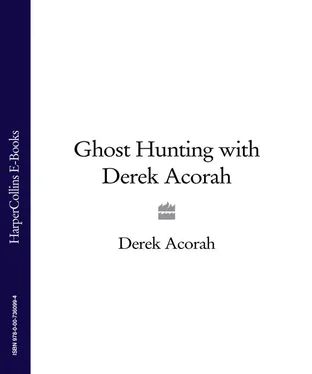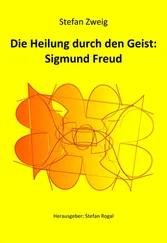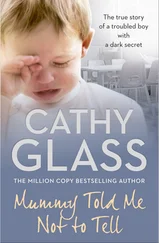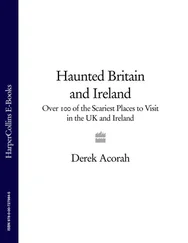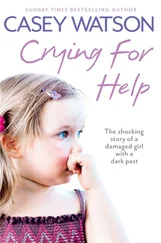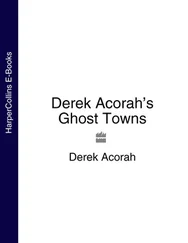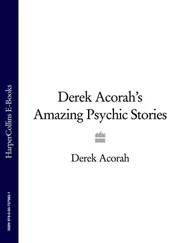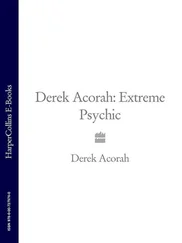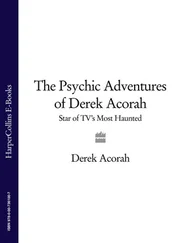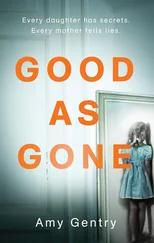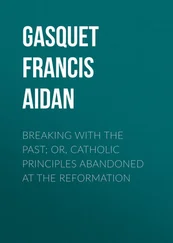It makes perfect sense to me therefore that a dog would be an excellent companion when undertaking the investigation of an allegedly haunted location. Not every dog is afraid, of course. Some dogs may acknowledge a spirit presence by wagging their tail whilst looking towards something that they can see but that you cannot. Others may bark and run up to an area where nothing is discernible to you. Others may display fear, just like Sabre, by refusing to go into or past a certain area. But if you have a dog, take it along! It can only add to the fun and provide a warm furry body to snuggle up to during those long dark vigils.
These are my suggestions for equipment to use when conducting a ghost hunt. Of course if you are technically adept, you will be able to devise your own methods. These may include buzzers, bells and alarms which will sound if activity is detected, and infra-red rays (similar to the type used in security systems) which will sound an alarm when broken. There are many ingenious devices—the choice is yours. However, with the few simple items I have mentioned, a ghost hunt may be conducted quite satisfactorily.
Once you have your kitbag together, there are a few other preparations to make before starting your investigation.
It is always necessary to rule out in advance the more worldly explanations for noises or movements which could in the excitement of the moment be attributed to a ghostly presence. I recall visiting one location where the chandelier was said to swing when ‘the spirits’ were around. An examination of the alcove in which the chandelier hung showed loose-fitting window panes which allowed quite a strong draught through. Needless to say, ‘the spirits’ only made their presence felt on breezy days!
Breezes are not the only thing to look out for. Loose floorboards are an extremely common source of ‘ghostly’ creaks and groans. Water pipes can create some unearthly noises in the wee small hours, especially in older properties. The noise created by a badly fitting door in a draughty old house can have the hairs on your neck standing on end. Even the scurrying of mice in an old house can be mistaken for something less worldly. The branch of a tree persistently tapping on a window or roof can cause the unprepared investigator to assume that they are not alone. The natural cooling down and settlement of a house at night can create a series of noises which sound very much like footsteps ascending and descending a staircase. If a fireplace has been used, the brickwork cooling can make slight creaking and cracking noises. All these eventualities have to be taken into consideration before an investigation can commence.
If you intend using a trigger object—a cross, coin, book, etc.—it should be placed on a sheet of white paper and a pencil outline drawn around its base before the investigation begins. It is preferable to train a video camera or cameras on the object to capture on film any movement that may occur. Make sure that the whole of the sheet of paper is clearly visible so that should any movement take place, it can be proved that nobody has interfered with the item. The room should then be sealed to prevent anybody entering and inadvertently (or purposely—it has been known!) moving the trigger object.
Also in advance of the investigation taking place, a thermometer should be used to determine the naturally occurring cold and warm areas of the location. Older houses commonly had ‘cold rooms’ where perishable foods would be stored. Also, it may be that a certain room is warmer than the rest of the house because of the hours that the sun shines there. All things have to be taken into consideration.
Lastly, make sure that you have a map of the location so that everybody involved has a clear understanding of how the rooms relate to one another. This will ensure that when people split off into groups to investigate different parts of the location, nobody will be confused as to where they are.
CHAPTER 2 Ghostly Varieties
When researching their chosen location, the paranormal investigator can expect to find reports of different types of ‘sighting’. Noises may be heard; people may see ghosts only at certain times of the year or on certain dates; people may record seeing ‘just a pair of legs’ or a ‘headless woman’. I will describe the more common forms of paranormal event likely to be found on a ghost-hunting expedition.
The more emotional or tragic the events which have taken place in a property, the stronger the energies that are absorbed by the fabric of the building. This is not to say that the normal daily life of the past is not detectable by a sensitive, but merely to explain that the more intense the emotional situation, the greater the depth of the energy. For instance, in buildings where vicious acts of murder have taken place, I have been immediately hit by the horror of the situation and at times have been forced to retreat to gather my spiritual protection around me. I have also entered buildings where nothing of any particular importance has taken place. Nevertheless, I have still been able to psychically detect the daily lives of the former occupants. I have been into old cotton mills where I was able to hear the tremendous noise of the looms and have been clairvoyantly shown the women and children at their work.
Residual energy also applies to objects. A sensitive can touch an item—maybe a piece of jewellery, a book or a piece of furniture, in fact anything which has been in contact with a person of this world or the next—and give information relating to the current or previous owner.
These are the apparitions that appear at a given time on a given date each year.
The Tower of London has two famous anniversary ghosts—the phantom of Lady Jane Grey is said to reappear as a white shape every 12 February, the anniversary of her execution, and the harrowing slaughter of Margaret, Countess of Salisbury, is said to be re-enacted every 27 May.
On 19 May a coach drawn by headless horses is said to drive towards Blickling Hall in Norfolk. The figure of Anne Boleyn, cradling her bloodied head on her lap, can be seen inside. She was beheaded at the Tower of London on 19 May and was reputedly born in a house where the present Blickling Hall stands.
Another of Henry VIII’s wives also appears as an anniversary ghost. On the 4 November 1541 Catherine Howard ran sobbing along what is now known as the Haunted Gallery at Hampton Court Palace, intent on pleading with the king to spare her life. Each year on this date it is said that her distraught phantom can be seen re-enacting this tragic scene.
Ghostly monks are said to walk at Glastonbury on Christmas Eve each year, while even though part of what is known as the Nun’s Walk at Borley Rectory in Essex has been built upon, there are still occasional sightings of a nun on 28 July each year.
Hallowe’en (31 October) inevitably has a long tradition of anniversary ghosts, which range from First World War soldiers drinking at Bournemouth town hall to the ghostly monks who walk near the ruins of a chapel near Hitchin in Hertfordshire.
In fact there are literally hundreds of ghosts which are alleged to reappear each year on the same date. As yet I have not visited the location of an anniversary ghost on the anniversary. I have, however, been to such sites at other times and have immediately been made aware of the residual energy of some of the spirit people reputed to ‘walk’ the premises. One has to remember, though, that many stories of anniversary ghosts are just that—stories. They have no real truth behind them and their roots have been lost in the mists of time.
Читать дальше
